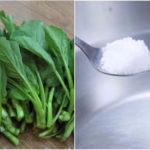Next to a variety of deep-fried and stir-fried dishes created with complex and extensive preparation methods, boiled meat is also a beloved meal in many family kitchens. Especially in the summer, boiled meat is a delicious choice that offers a variety of nutrients and a refreshing flavor.
Boiling meat is generally regarded as a simple task that is easy to do. However, there are certain steps that may seem common knowledge, which in reality, many people mistake. The first step of putting the meat into the boiling pot is an example.
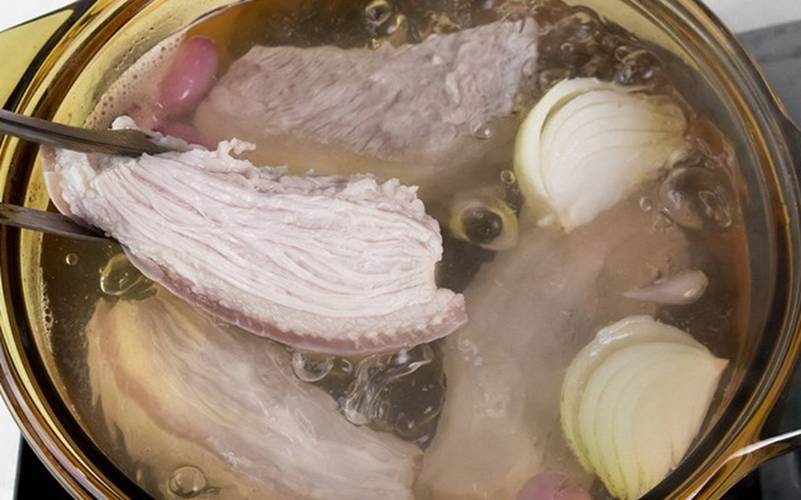
Boiling meat seems like an easy task, but many people still make mistakes (Illustrative image)
Specifically, the question that many people are interested in is whether to wait for the water to boil before putting in the meat or to put it in right away when the water is still cold. So, what is the correct answer?
Experts give advice
According to advice from experts, each method of boiling meat has its own advantages and disadvantages. First, we will consider the method of boiling meat when the water has already boiled. In other words, the user will place the pot of water on the stove to heat up first. When the water boils, the piece of meat to be boiled is then added. This is a more common approach compared to boiling meat with cold water.
Many users believe that this method helps the meat cook faster and is safer. Dr. Từ Ngữ, Secretary General of the Vietnam Nutrition Association, explains that when a piece of raw meat is placed in a pot of boiling water, the muscle fibers and protein compounds on the outside will become firm and may even clump together. As a result, the proteins inside the piece of meat are unable to escape. This helps to ensure that the nutrients in the meat are retained almost entirely.
However, if the piece of meat has not been properly prepared and cleaned, and there are still many impurities and contaminants inside the meat itself, this method can inadvertently have the opposite effect. These substances, when exposed to high temperatures, will also coagulate and accumulate inside the piece of meat. As a result, a piece of meat that was already dirty will become even dirtier.
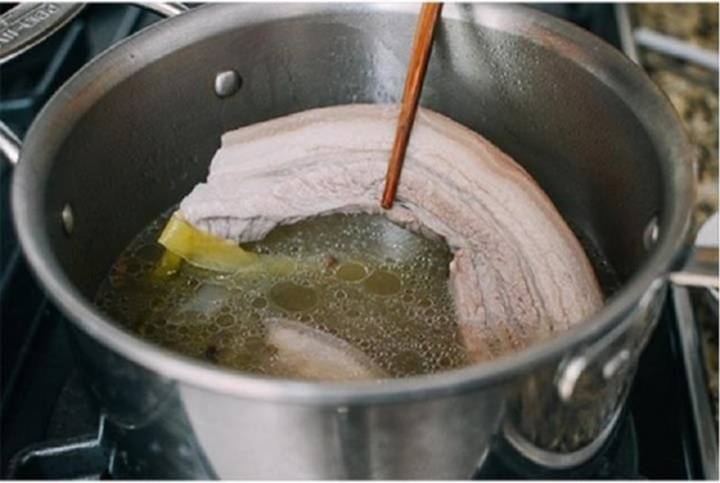
Illustrative image
The second method is to put the piece of meat in the pot right from the beginning, when the water is still cold and has not yet boiled. According to Dr. Từ Ngữ, this method has characteristics that are opposite to those of the first method. During the boiling process, the piece of meat will boil together with the boiling water, causing the nutrients from the meat to be easily released, resulting in less retention of nutrients compared to the original state. However, at the same time, impurities and dregs will also be released.
In conclusion, experts advise users to consider which method to use based on their specific needs. If you want the piece of meat to retain its nutrients and be more delicious and flavorful, choose method 1. The second method will produce a sweet and savory broth due to the release of nutrients.
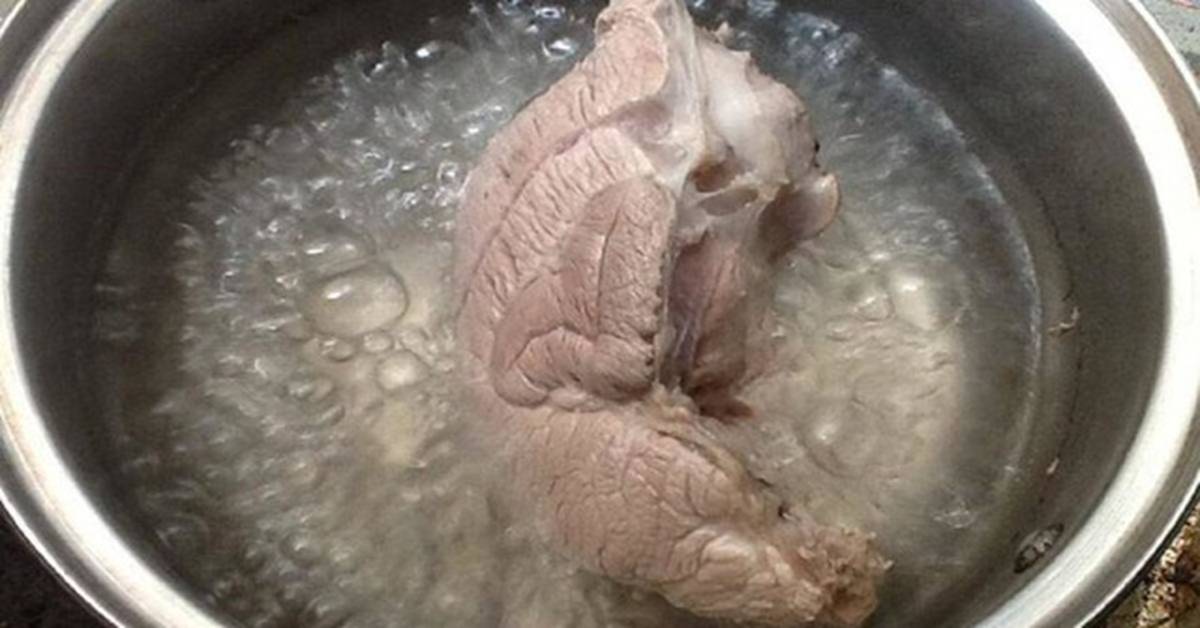
Illustrative image
In addition, experts also emphasize that before choosing which method of boiling meat to use and in what order, the most important thing for families to pay attention to is selecting a clean, high-quality source of meat and preparing it carefully. Choose to buy meat from reputable shops or suppliers who can guarantee its origin. A clean piece of meat will certainly produce a delicious and nutritious dish that is good for your health.
Other precautions when boiling meat
1. Prepare the meat before boiling: Before boiling, the meat should be thoroughly rinsed under cold running water to remove dirt and any remaining blood from the slaughtering process. Users can soak the meat in diluted salt water for a few minutes to help sterilize it and remove any unwanted odors.
2. Boiling time: The boiling time of the meat depends on the type and size of the piece of meat. The meat should be boiled just until it is cooked through to retain its tenderness and prevent excessive loss of nutrients. Do not boil for too long, as the meat may become tough and lose its natural flavor.
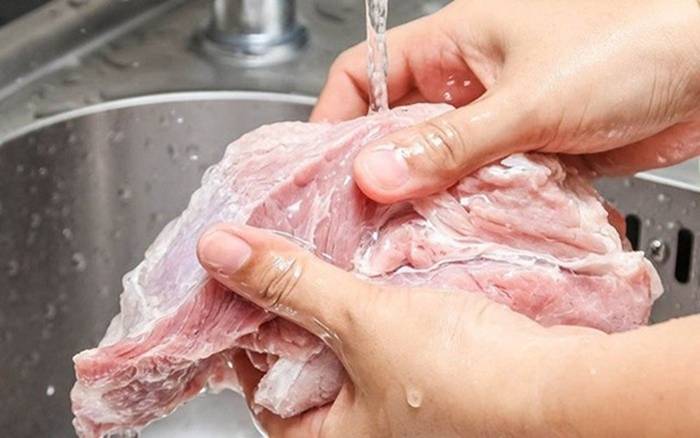
Preparing the meat when you first buy it is the most important step (Illustrative image)
3. Using the meat broth: Do not discard the meat broth, as it still contains a certain amount of nutrients. Users can use it as a base for soups or stews. However, it is important to skim off any foam or excess blood from the piece of meat and strain it thoroughly so that the broth is clear and clean.
4. Storing the meat after boiling: If you do not plan to eat the boiled meat immediately, store it in the refrigerator to maintain its freshness and prevent the growth of bacteria. If you leave the meat at room temperature, place it in a sealed container. If you notice any strange signs in the meat, such as discoloration, odor changes, or the presence of insects, it is best not to continue using it.
By following these tips, families can prepare delicious and appealing boiled meat dishes while also ensuring safety and hygiene during the food preparation process.
Summary
According to Đời sống Pháp luật
This method helps retain nutrients and results in more delicious, flavorful meat. The high temperature causes the muscle fibers and proteins on the meat’s surface to firm up, preventing the escape of proteins and nutrients from within.
If the meat is not properly cleaned and prepared, impurities and contaminants within the meat can coagulate and accumulate, making it even dirtier.
Dr. Từ Ngữ explains that this method releases more nutrients and impurities from the meat, resulting in less nutrient retention but a sweeter, savory broth.
Yes, the most important considerations are the quality and source of the meat. Choose reputable shops or suppliers that can guarantee the origin and cleanliness of the meat. Additionally, proper meat preparation, boiling time, and storage are crucial for delicious and safe meals.
3 Spices to Limit when Boiling Meat to Preserve Flavor
 Meat to Preserve Flavor’>
Meat to Preserve Flavor’>Are you planning on boiling meat? You should proceed with caution, as 3 popular spices can actually strip away the delicious flavour and scent of your food. Read on to learn why certain spices should be avoided when boiling meat.




























